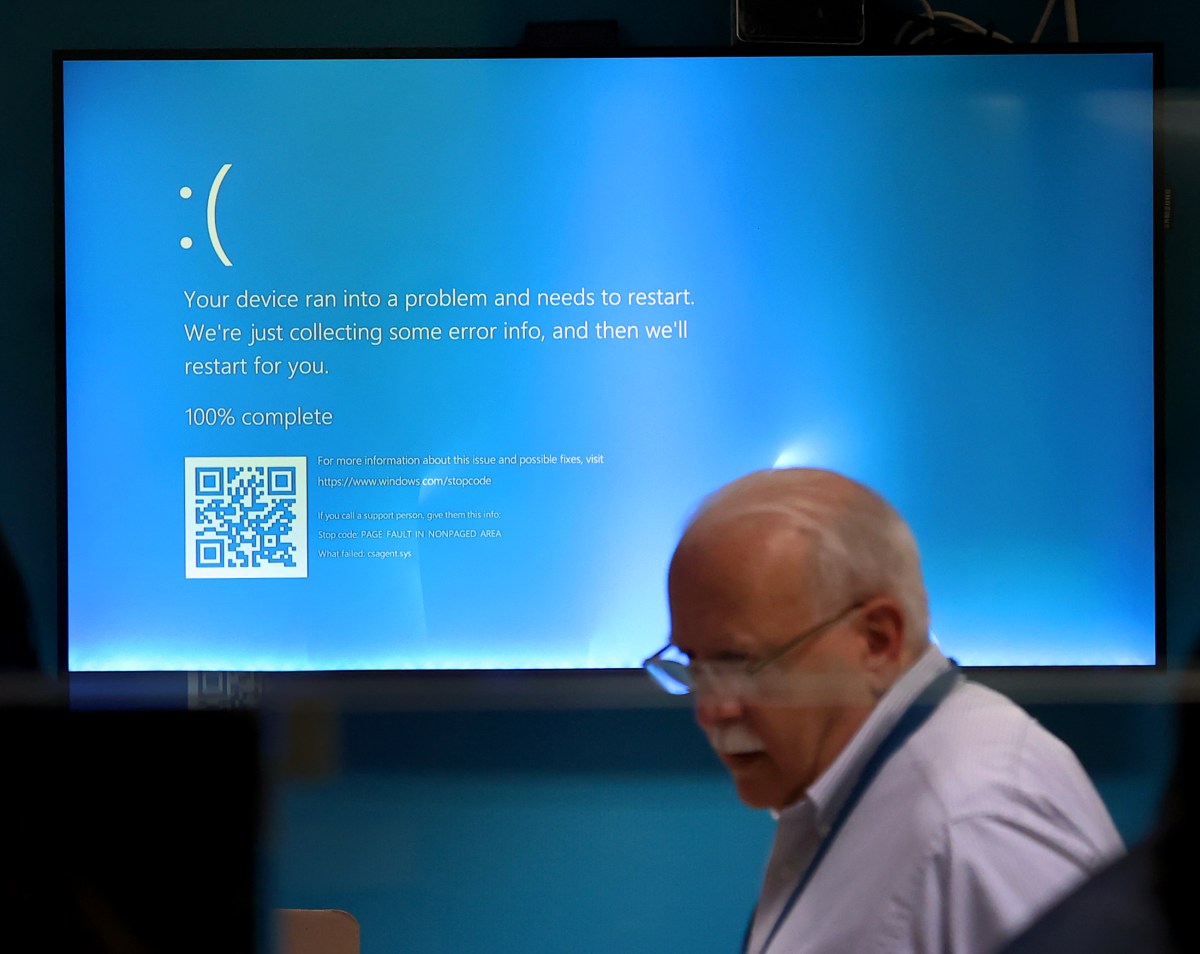

They must have expected a reprisal. The resistance strategy of “boiling the frog” deliberately makes the status quo for Israel untenable. If Israel is forced to choose between conceding to the resistance, breathing through a pillow, or terrorism, it is going to choose terrorism every single time.
Everything about Israel’s behavior is predictable. They will take any opportunity to assassinate their enemies. They will kill as many civilians as possible in these assassinations. Nothing about their modus operandi has changed in decades. They have been projecting their intent to do this for months. People might not have been prepared for it to happen at this specific moment, but there is nothing unexpected about it.

















Nasrallah woke up every day for the past three decades with the understanding that this would likely be his fate.